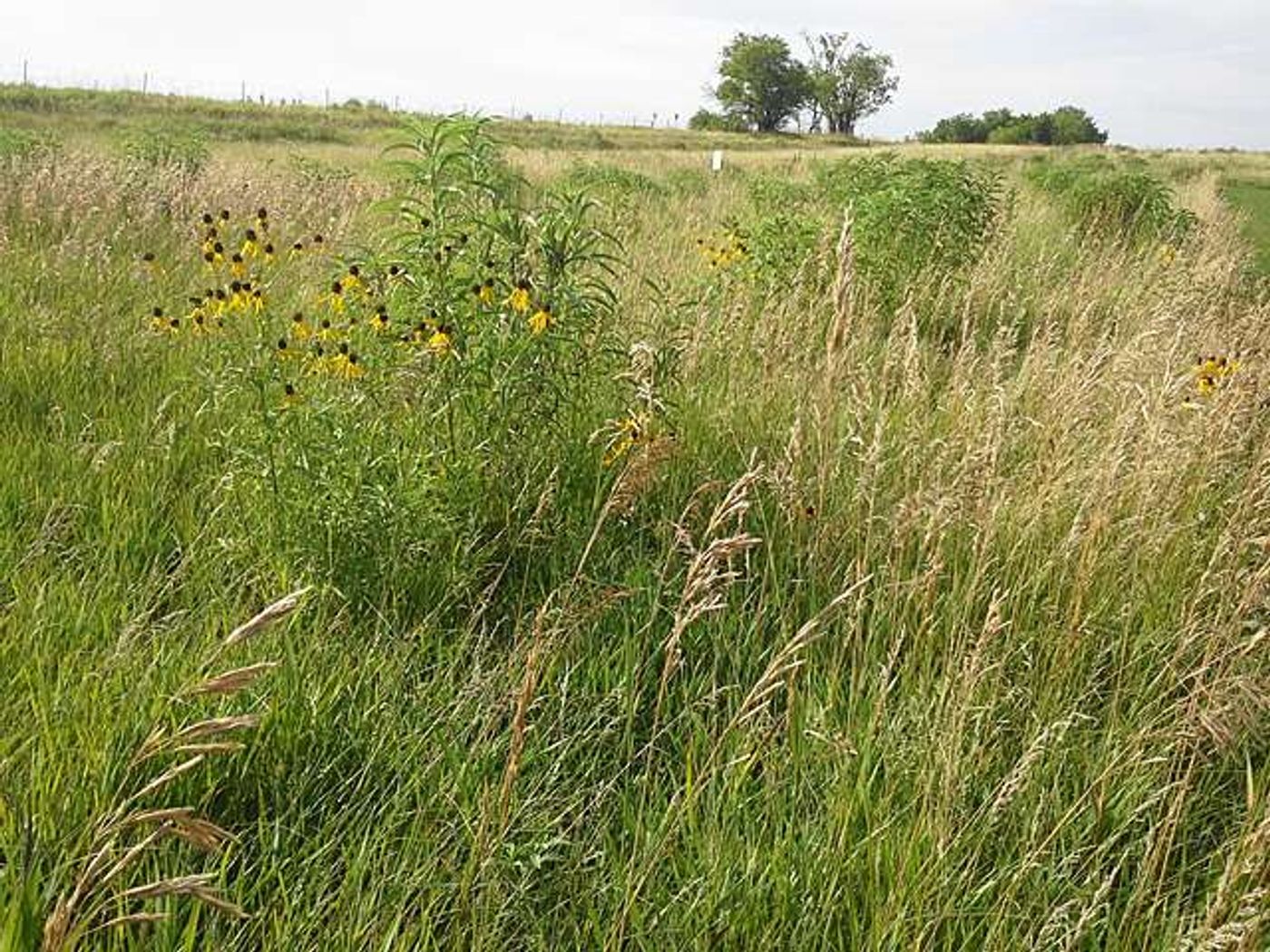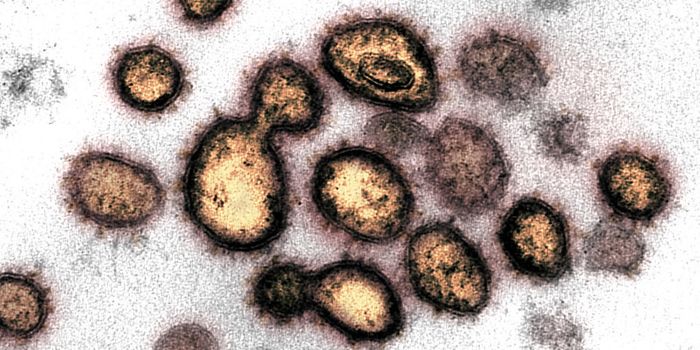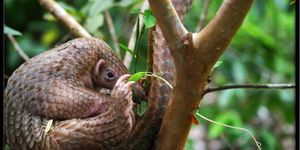There has been a lot of talk about antibiotic resistance in recent years; it’s a growing problem that science has known about for many years and it’s starting to have a bigger negative impact on human health. The Centers for Disease Control estimates that 2 million people in the United States are sickened by antibiotic resistant bacterial pathogens every year. The problem has a few causes, including the overprescription and misuse of antibiotics.
Antibiotic resistance has also been shown however, to be naturally occurring.
Recent work published in the Journal of Environmental Quality by Lisa Durso, a microbiologist at the Agricultural Research Service (ARS) Agroecosystem Management Research Unit in Lincoln, Nebraska, has indicated that antibiotic-resistant bacteria are present in soils that had encountered little or no direct exposure to animals or humans.
"Antibiotic-resistant bacteria and genes occur naturally," Durso added. "Studies have shown antibiotic resistance in soil samples dating back to the time of woolly mammoths. This is because antibiotics, such as penicillin, came originally from fungi or other bacteria-found naturally in soil."
Durso is researching antibiotic resistance in agriculture along with a network of ARS scientists that share information and collaborate on solutions. They examine antibiotic resistance in the context of the environment, animal use, and food safety.
In researching resistance, scientists usually look at genes, bacteria and drugs in their measurements. One problem facing the investigators is that measurements are challenging to take when searching for the source of antibiotic resistance in places like farms. A baseline measurement is needed in order to find the genes that are causing resistance due to human activity, and resistance that happens naturally. Genetic material from dead microbes can persist in manure, a material likely to be common on a farm.
"To determine the impact of food-animal antibiotic use on resistance, it's essential that baseline levels of resistance be considered and subtracted out when measuring resistance in agroecosystems," Durso said.
Durso and her team tried to tackle this problem by examining native prairie soils that for the past 20 years, had little human impact and no animals using it to graze. Working with a variety of partners including academics, landowners, and staff from state game and parks commissions, the team identified 20 places in southeast Nebraska that met these criteria.
Soil samples were then obtained in the field from those locations and checked for antibiotic-resistant bacteria. The researchers determined all samples had bacteria that were resistant to tetracycline and cefotaxime, while almost half of the bacteria found in prairie soils had resistance to two or more antibiotics.
"We actually measured total soil DNA and isolated all of the DNA, which we believe mostly came from living cells," Durso explained.
Despite a lack of human activity at those sites, the scientists observed that a sulfonamide-resistant gene considered marker of human activity was present in 91 percent of their samples.
"Other research has suggested that sulfonamide resistance genes are associated with human activities and could be a base for measurement," Durso says. "However, our findings suggest that if we see sulfonamide genes in Nebraska feedlots, we cannot conclude that it is due to human activity, because we saw them in fairly high numbers in these prairies."
Reducing antibiotic resistance in agricultural settings is critical, Durso added. The scientists must first determine a realistic target for reduction. These findings can provide a foundation on which to build a strategy for reducing antibiotic resistance in agricultural productions.
"It would be unrealistic to say we want zero antibiotic resistance on farms, because even in natural settings, you see resistance," Durso says. "We're able to use this data to set a baseline for what's occurring naturally. It gives us a starting point for figuring out how best to manage antibiotic resistance on agricultural lands."
If you’d like to know more about antibiotic resitant bacteria, watch the following presentation from the American Society for Microbiology with Dr. Julie Segre, a senior investigator at the National Human Genome Research Institute.
Sources:
Phys.org via
USDA,
Journal of Environmental Quality









